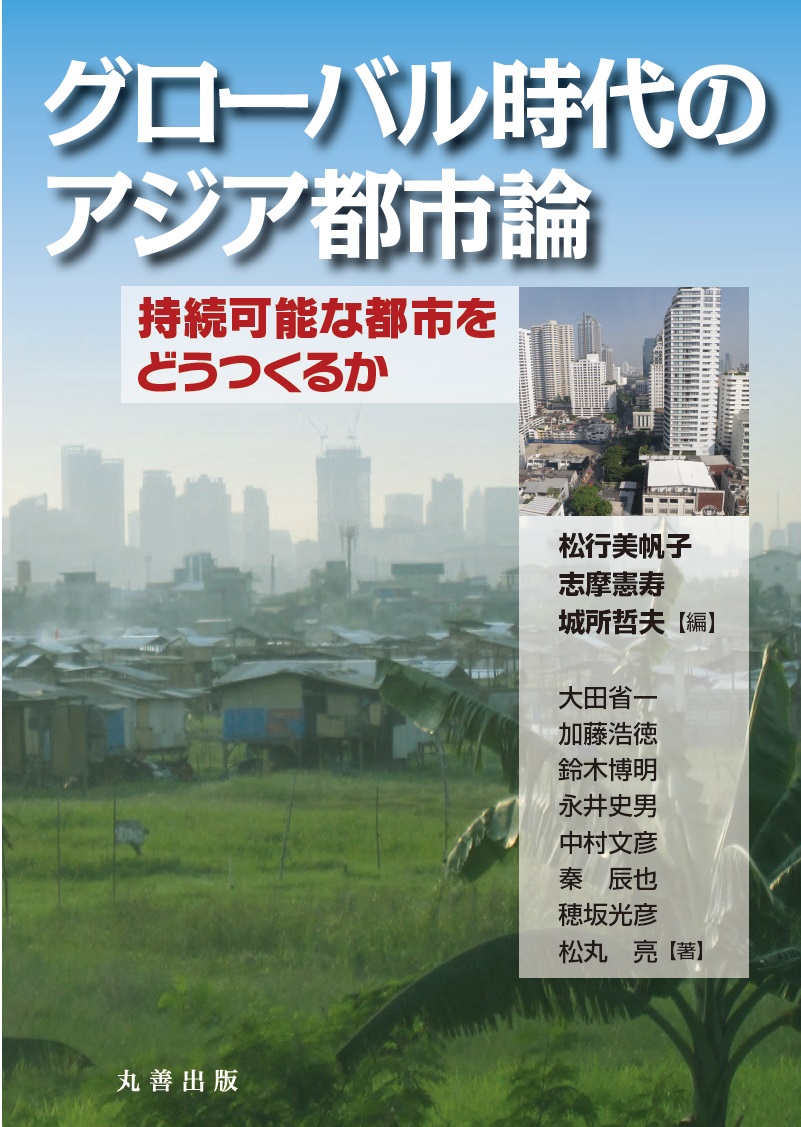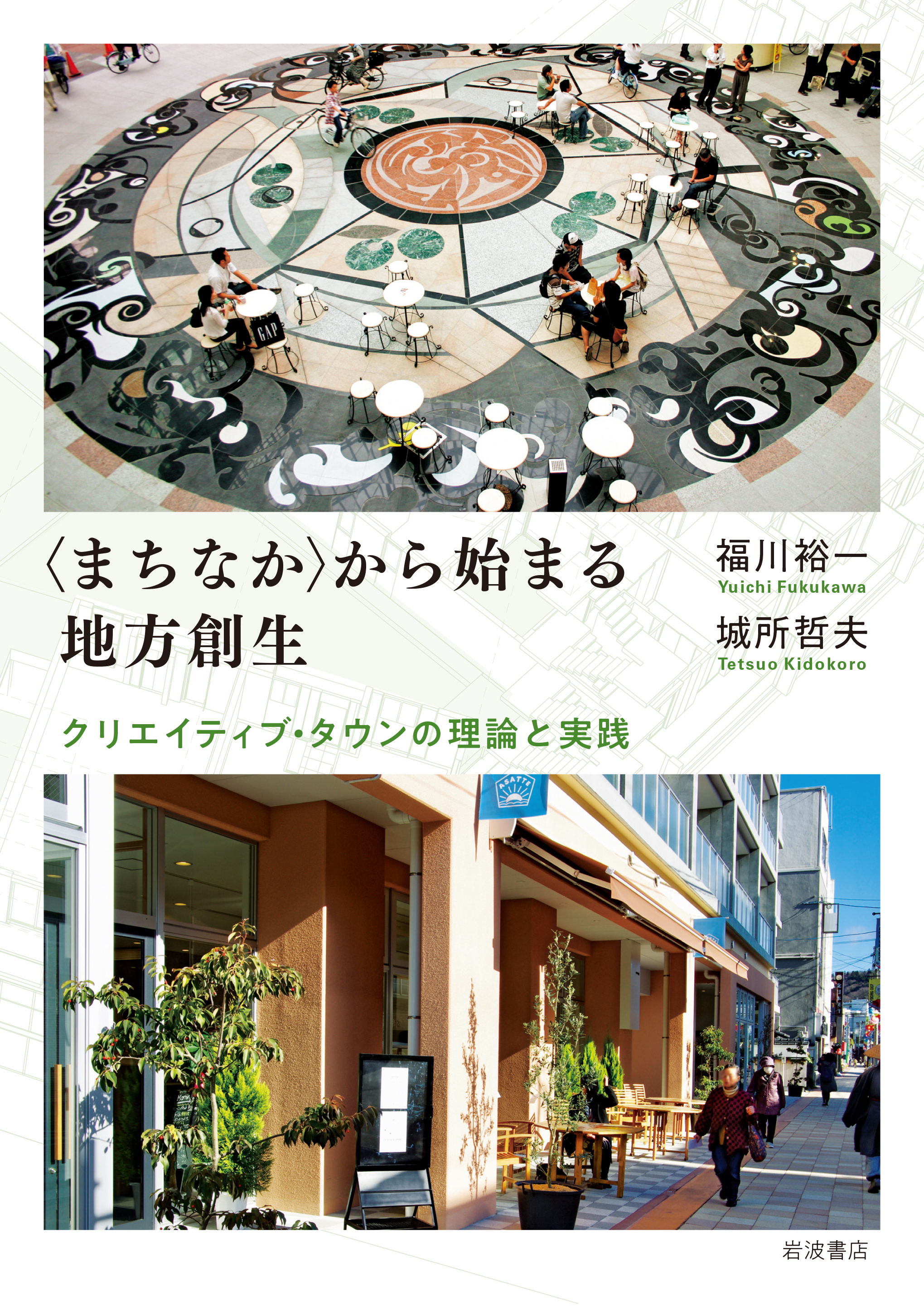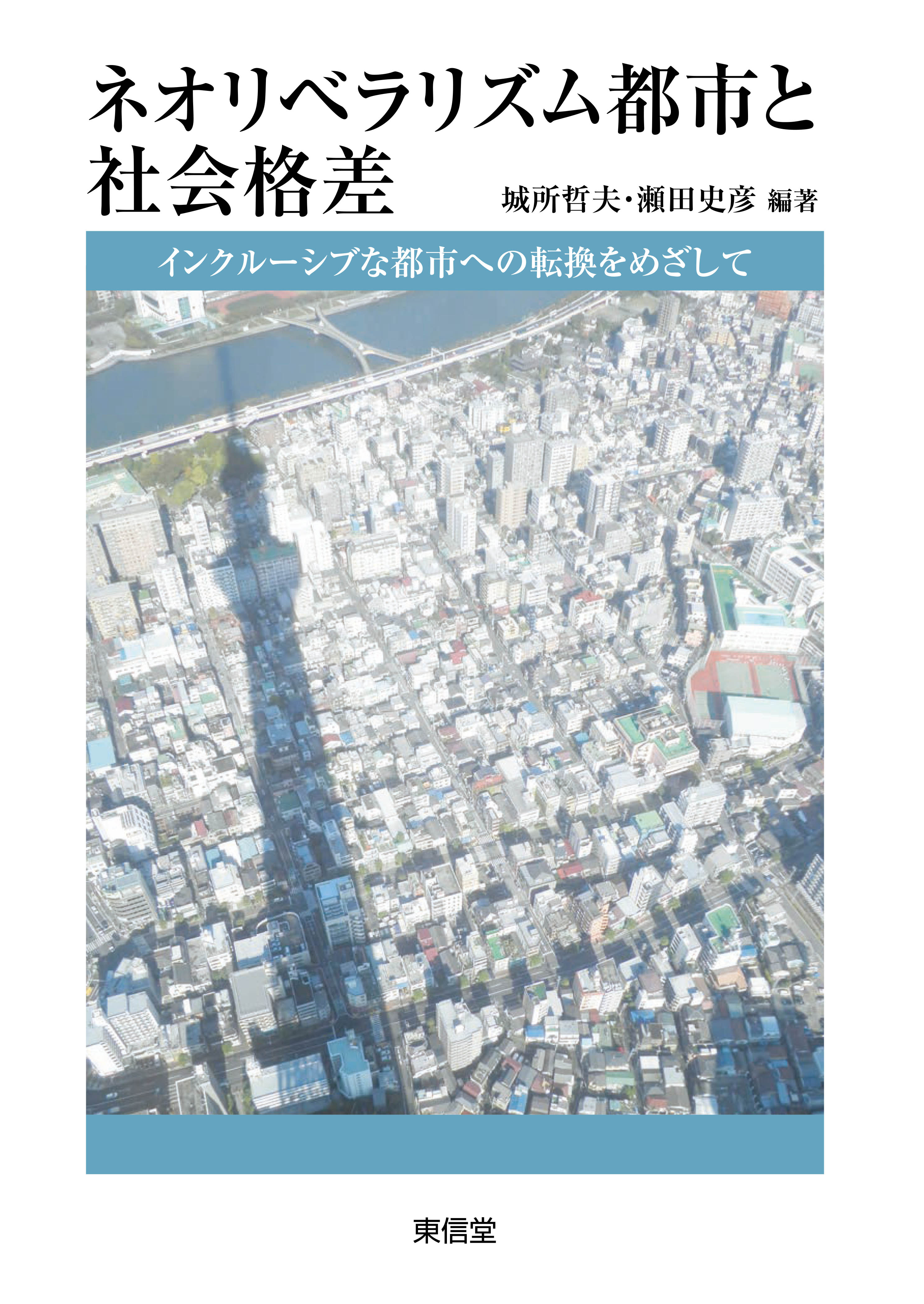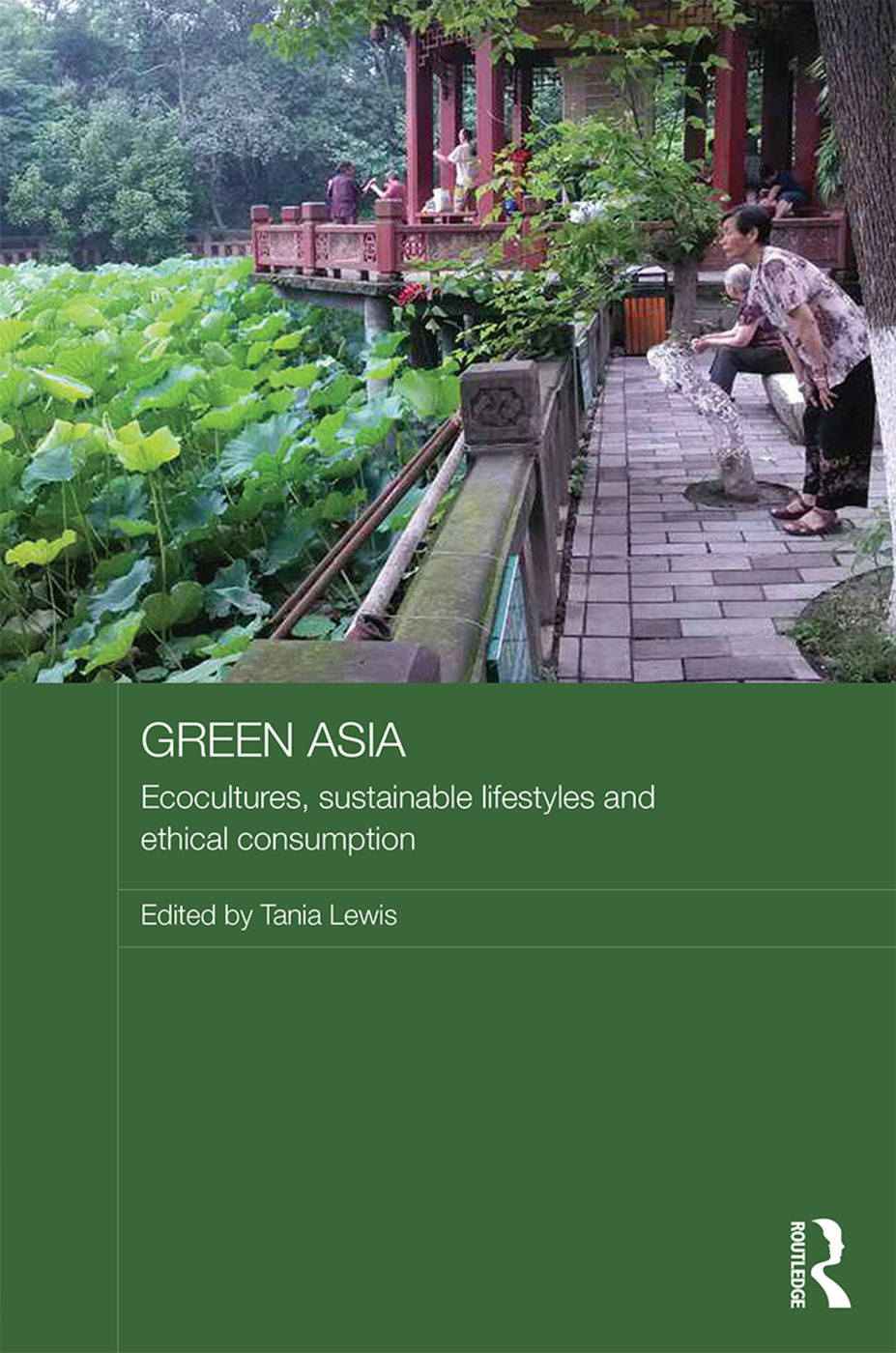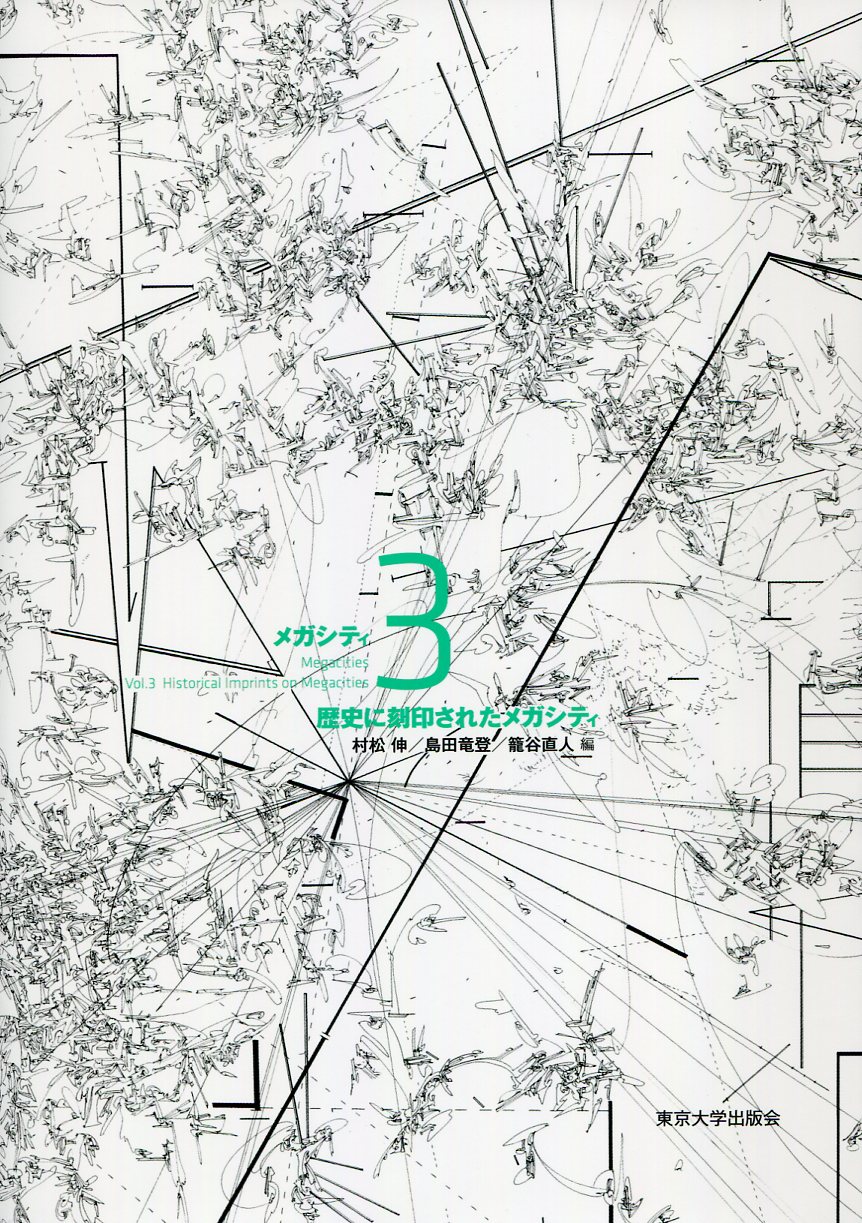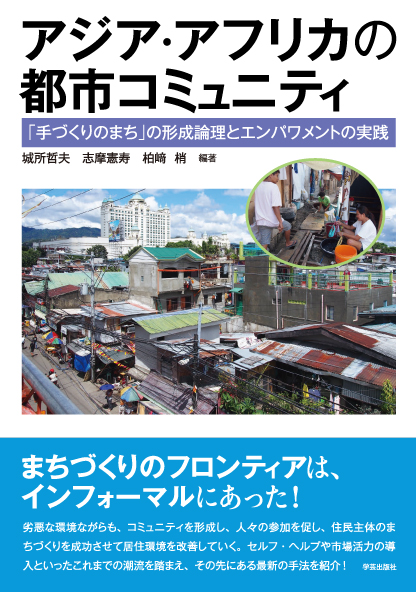
Title
Asia / Africa no Toshi Community (Urban communities in Asia and Africa – Structuring logic of “handmade cities” and the practice of empowerment)
Size
208 pages, A5 format
Language
Japanese
Released
December 25, 2015
ISBN
978-4-7615-2613-9
Published by
Gakugei Shuppansha
Book Info
See Book Availability at Library
Japanese Page
For the first time in history, the proportion of the world living in urban areas has surpassed 50%. It is becoming normal for people to live in cities, not just in wealthy countries with histories of urbanization but worldwide, including on the Asian and African continents. However, these cities differ completely from the long considered de facto standard for cities in Europe and North America. Today, the new cities appearing in Asia, Latin America, and Africa are made up of two types of skylines structured on different logic: the fashionable areas lined with skyscrapers and developed in a planned manner using the best technology and the unplanned mess of cityscape that sprawls at the foot thereof. We could say that this duality is becoming the new de facto standard for cities in the 21st century.
The second of these two types—the unplanned mess—is appearing without conforming to any formal process of modern land or urban planning systems. Thus, such cityscapes are labeled as informal urban areas. This book reports on fieldwork conducted over an extended period on the frontline of informal urban areas in four countries in East and Southeast Asia, three countries in South Asia, and two countries in Africa. The fieldwork addressed a range of issues that varied depending on the social conditions and research interests at each site. However, the underlying issue of all sites was how these informal urban areas, especially as part of the modern cityscape, will create a de facto standard for urban development going forward. Meanwhile, in a globalizing world, the other type of city skyline, the areas host to well-planned clusters of skyscrapers, tend to be based on a global standard seen from New York to Tokyo and even to Myanmar’s Yangon, which was closed to the rest of the world until recently. This is giving rise to spaces based on an increasingly shared syntax and lacking individuality: spaces formed on the common global icon of globalization. Given this, the fieldwork described in this book demonstrates how the informal urban areas that emerge from constant human reconfiguration seem to harbor the hidden potential to produce lively individuality in urban spaces. As such, the book acts as a clear beacon for the future of our cities.
(Written by KIDOKORO Tetsuo, Associate Professor, School of Engineering / 2018)



 Find a book
Find a book


